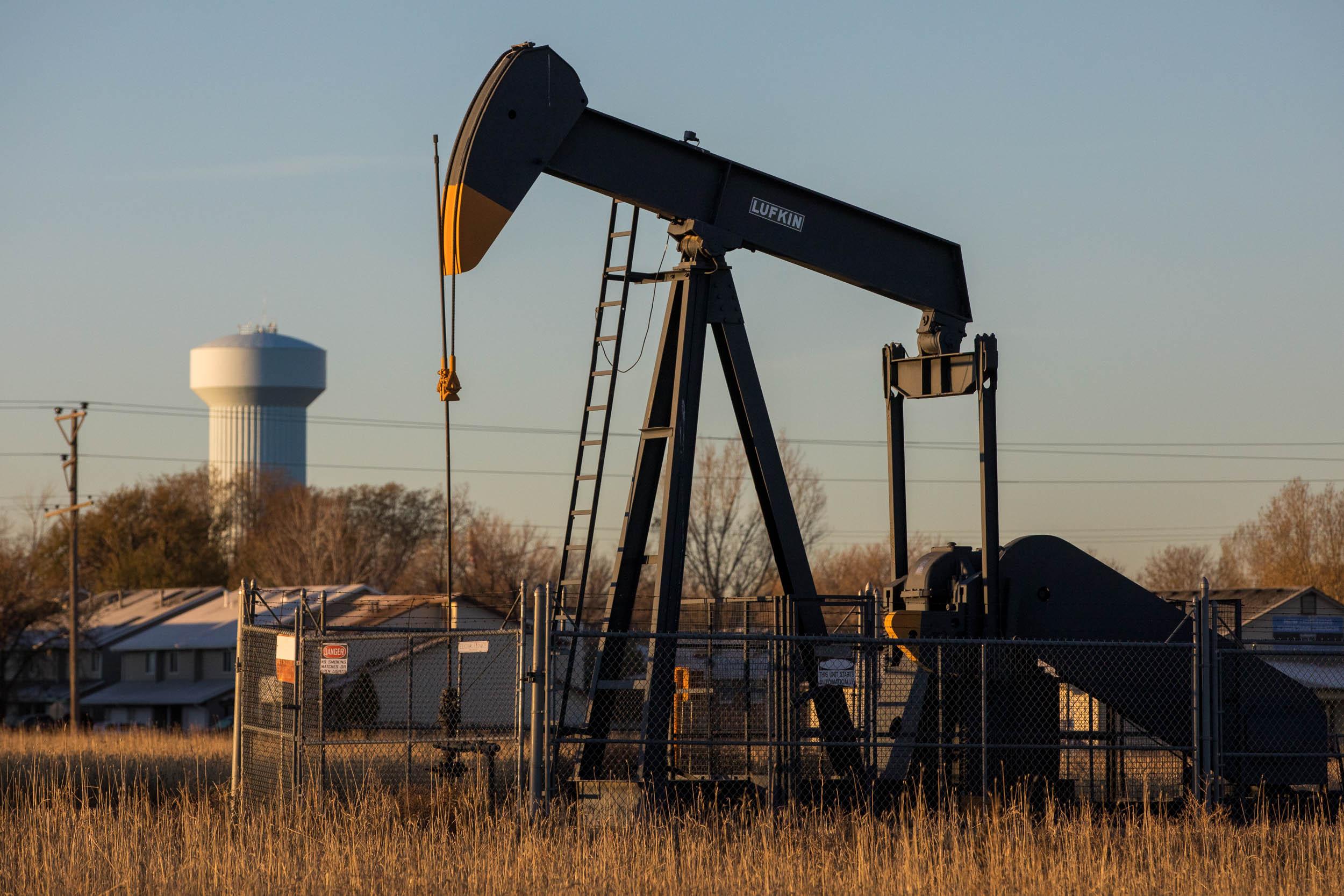
The number of active oil rigs in Colorado has nearly doubled in the last year, a sign that high prices are bringing the industry back to life.
Oil production in Colorado had fallen 11 percent in 2021, continuing a slide that began as the COVID-19 pandemic dramatically reduced demand, new regulations made drilling more costly and investors started requiring more caution from producers.
Companies in Colorado pumped 152 million barrels of oil last year, according to the latest data from the Colorado Oil and Gas Conservation Commission. That’s the lowest production since 2017, and more than 20 percent off record numbers in 2019.
But this year, the war in Ukraine has disrupted energy markets and demand is rising as the pandemic eases, sending prices over $100 a barrel in recent weeks, well beyond what's needed to profitably drill wells in Colorado. The number of drill rigs opening new wells in Colorado jumped from eight in March 2021 to 14 at the end of this month, according to Baker Hughes. That indicates more oil production is on the way.
The number of rigs is still fewer than half the 33 that were drilling in March 2019.
The industry has kept the focus on complaints about regulatory changes in Colorado that have put tough new rules on drilling, and slowed permitting to a crawl they say.
“A well is its most productive in the first 18 months after its completed,” said Dan Haley, with the Colorado Oil and Gas Association. “Then you begin to see a pretty substantial decline curve. Wells drilled in 2018 and 2019 when we were hitting production highs are producing less now.”
“We’re not keeping up with new drilling due to permitting overhaul at the state and changes in business model emerging from COVID.”
But a spokesperson for the state regulator, the Colorado Oil and Gas Conservation Commission, disputed that new rules were primarily responsible for a lack of production, saying the industry is sitting on 2,600 permits already approved. The industry said many of those had expired, and what was left would not be enough to change the larger trend of production declines.
Under the new, more strict rules, that went into effect last year, the state says up to 227 new wells have been approved across 15 different oil and gas development plans submitted by drillers. One plan was rejected, which included 33 wells.
Permits are only part of the story. Even if the industry wanted to ramp up production, there are not enough workers to operate the rigs and wells. Many left during the pandemic slowdown. Mining and Logging employment in Colorado is down by about 10,000 workers, from 29,000 in 2019 to 19,000 in 2022, the lowest number of workers since 2006.
Lastly, Wall Street investors demand financial discipline from drillers now. The industry has a tendency to overbuild when prices are high, and then get crushed by debt when prices inevitably fall.
A survey by the Federal Reserve’s Dallas office of oil and gas companies across the U.S. found that, “slightly over half — 59 percent — of executives believe investor pressure to maintain capital discipline is the primary reason that publicly traded oil producers are restraining growth despite high oil prices.”
The next closest issue limiting growth was, “Environmental, social and governance issues,” at only 11 percent.
More Colorado oil and gas news:
- The behind-the-scenes plan to protect natural gas stoves and furnaces in Colorado
- New rules could mean more industry money to plug aging oil and gas wells in Colorado, regulators say
- Environmental group says analysis shows oil and gas companies have used ‘forever chemicals’ to frack wells across Colorado
- Colorado has different unleaded regular gas than other states. Whether it’s worse for the environment is complicated









